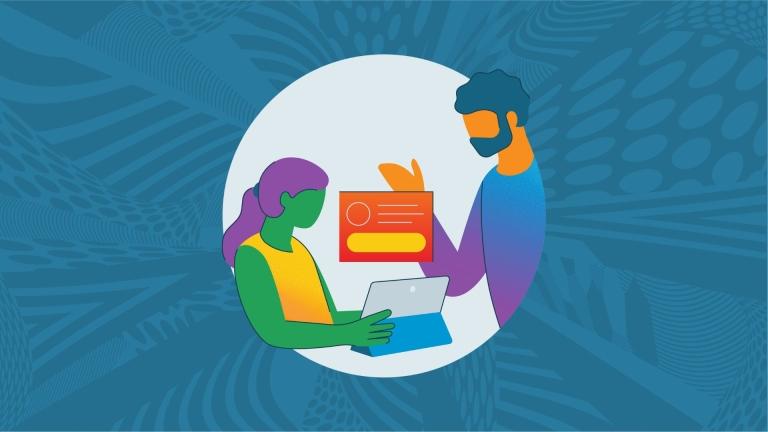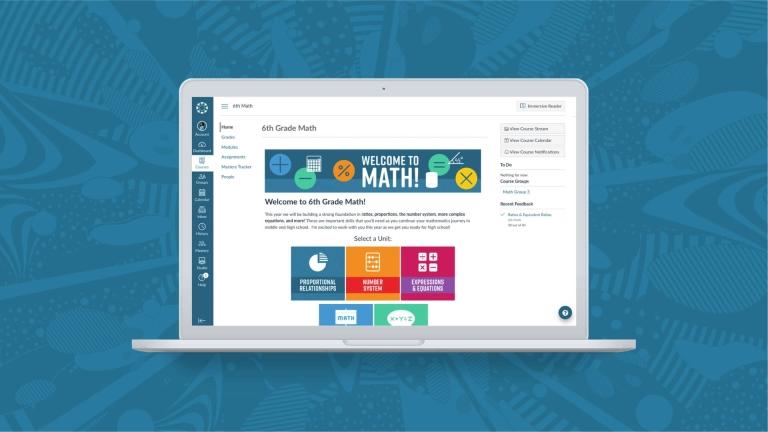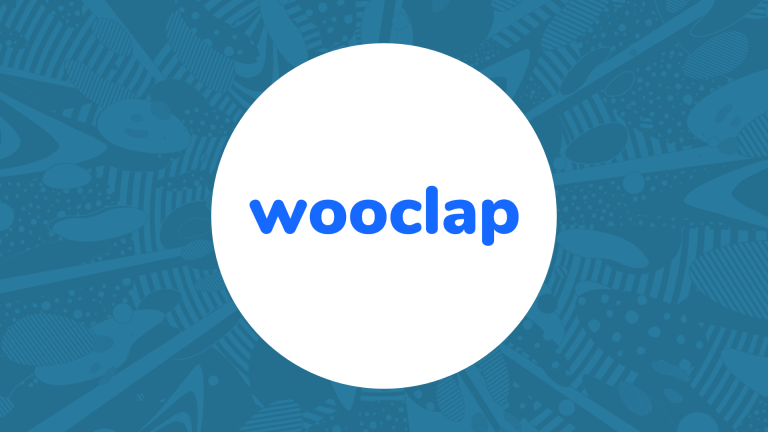
The world of education is becoming increasingly digital. We’ve seen myriad edtech tools enter the market, helping transform traditional classrooms into an integrated learning environment. While this evolution is both exciting and promising, it’s crucial that we consider consistency in these tools across all levels of education (K-20).
In this article, we’ll explain why it’s critical to use the same edtech tools throughout a student’s educational journey.
The Impact of Consistent K-20 Learning Experiences
Imagine a student had to learn how to use a new type of calculator for every math class they took. It would be frustrating and likely slow down their learning process.
The same holds true for edtech tools. If students and teachers have to familiarize themselves with different systems at every stage or change their educational path, it can create a barrier to adopting those technologies.
A familiar digital environment can be very reassuring, allowing students to take academic risks, explore new ideas, and engage more deeply with the content. They don’t have to worry about mastering a new tool before diving into new learning materials. The constant across all their educational experiences is the platform they use, which could lead to a stronger focus and more effective learning.
Consistent tech platforms also help reduce technical errors. The more you use a tool, the better you understand it. With continuous use, both students and teachers can become experts, minimizing user errors, avoiding tech hiccups, and thereby reducing downtime. This increased efficiency can lead to more learning time and better academic results.
We can’t ignore the economic advantages, either. For the districts and colleges, using a common platform can reduce costs associated with purchasing different software, training staff, and troubleshooting various platforms. Budgets can instead be focused on enhancing the educational experience, whether improving the classroom environment or investing in professional development for teachers.
The Benefits of Reducing the Learning Curve and Technical Errors
Picture this: a student navigating their learning without having to reabsorb an entirely new platform every time they advance to a new grade or switch schools. Instead, they find similar features and an overall layout they’ve grown comfortable with over the years. This continuity can dramatically reduce students’ technostress (i.e. stress caused by using technology), which research found can harm their academic productivity.
A unified edtech platform across K-20 is also beneficial to teachers. Just as students dread the uncertainty of new platforms, teachers also face a steep learning curve each time they switch tools. According to McKinsey, teachers require support to adapt their lesson plans effectively to the ed-tech environment. By maintaining consistency, we not only reduce this burden but also foster a community of proficient educators with the same platform. This allows for easier collaboration, exchange of ideas, and shared best practices.
Beyond the classroom, common edtech platforms can bridge the gap between different education districts and institutions. As students move, take dual-enrollment courses, or enroll in skills-based courses at the college level, they won’t have to “reboot” their digital learning skills. The learning platform looks the same, feels familiar, and functions predictably, making transitions smoother and less disruptive.
Unlock the Power of A Uniform Edtech Stack for K-20
The consistent use of the same edtech tools in K-20 education isn’t just a matter of convenience; it’s a key element in enhancing the teaching and learning experience. As we continue to navigate this digital era, it’s vital to ensure that the technology we use is a bridge and not a barrier for students and teachers.
For further inspiration, check out how the Wyoming Department of Education successfully facilitates teaching and learning experiences using a common LMS from kindergarten to college.
Related Content
 Teaching-With-Tech-10-Benefits.jpg
Teaching-With-Tech-10-Benefits.jpgBlogs
 wooclapft.png
wooclapft.pngBlogs
 lincolnlearning.png
lincolnlearning.pngBlogs